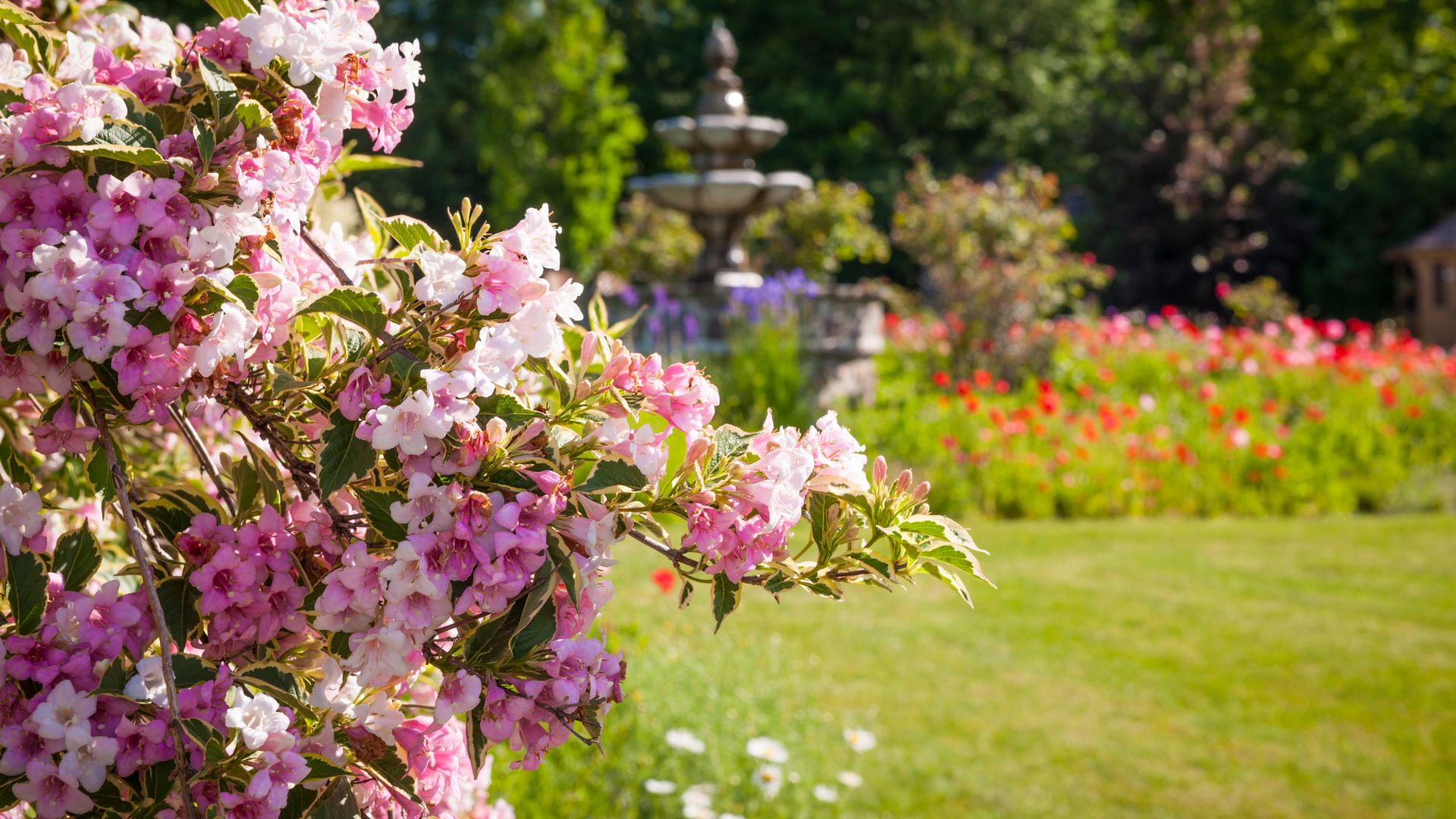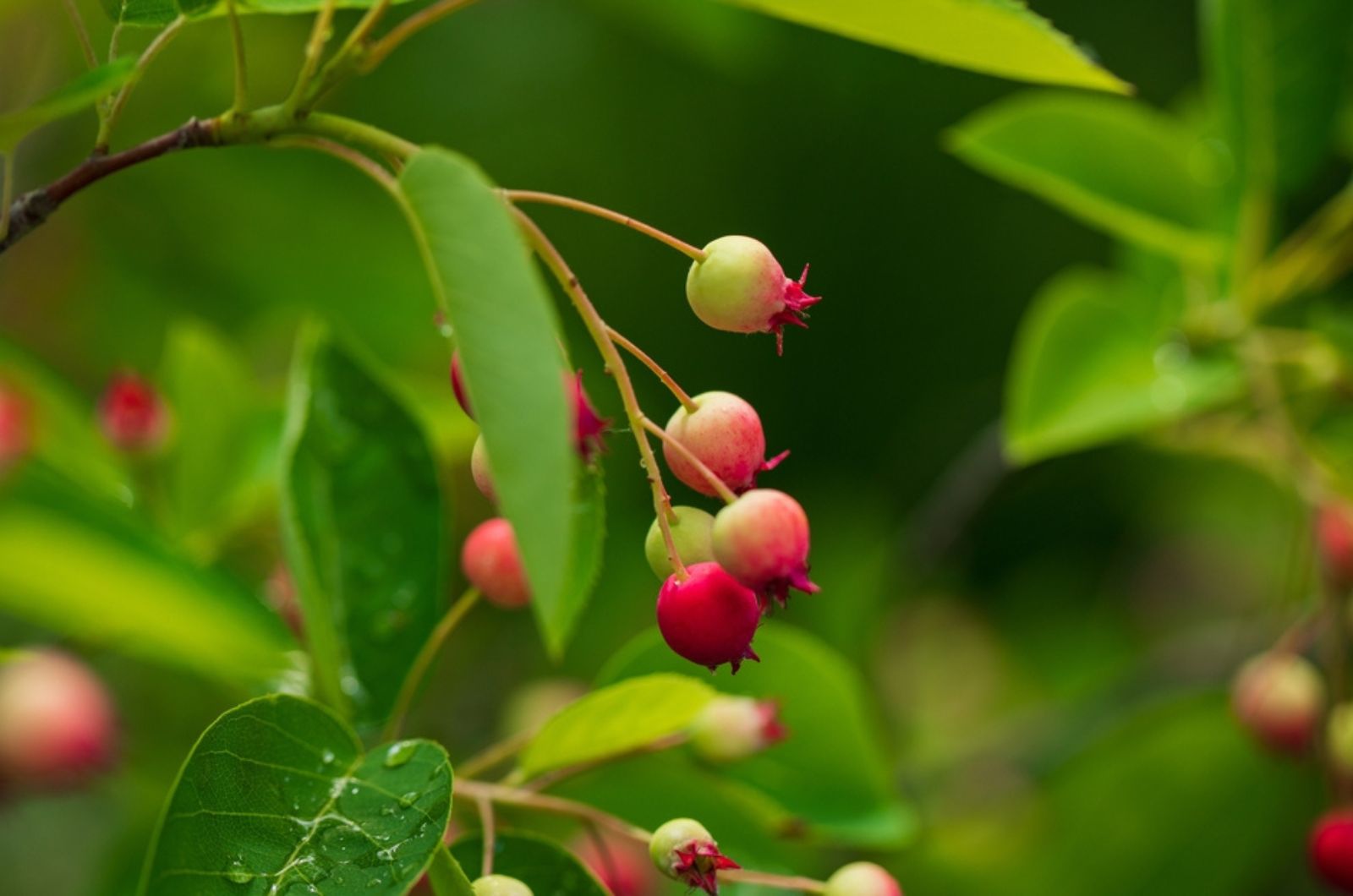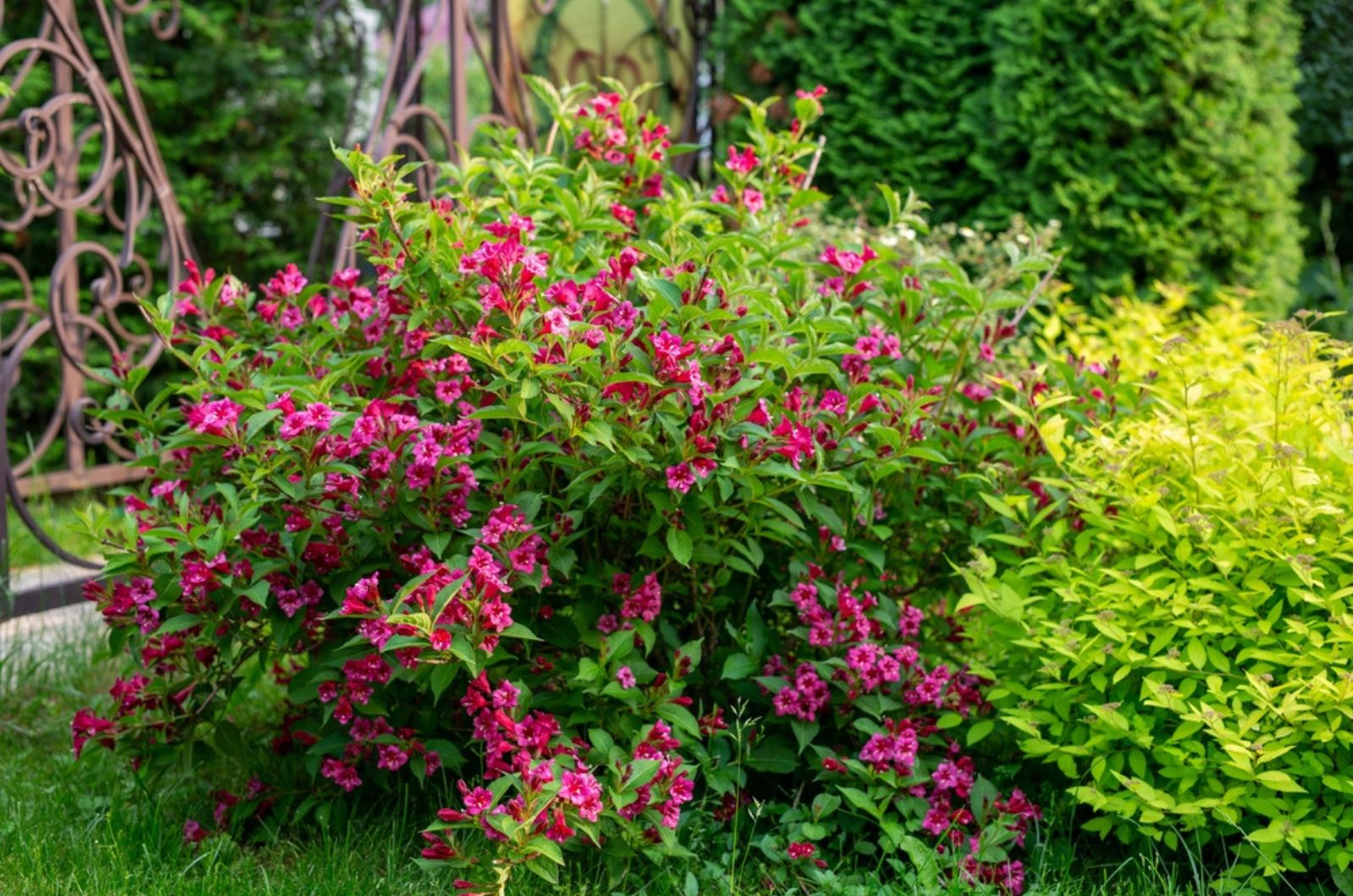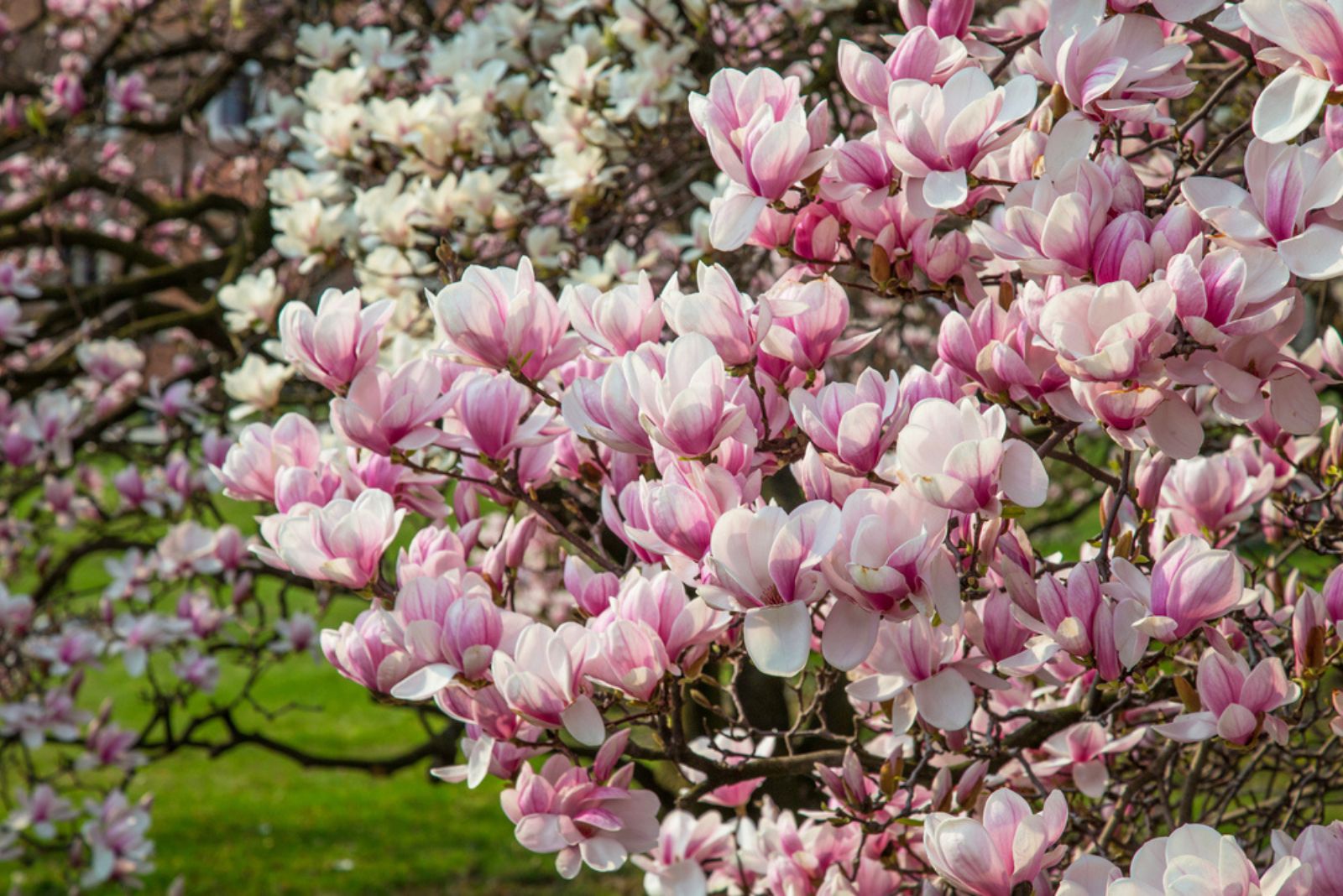You might assume that the pruning season wraps up with spring’s finale, but surprise – it’s just getting started!
June brings its own lineup of plants begging for a trim, ready to shine in the summer spotlight.
Trees, shrubs, and perennials are producing new shoots at a rapid pace, all thanks to those rising temps (what can I say, they like it hot!). While it’s always exciting to see new foliage and flowers, certain plants will benefit greatly from a strategic summer pruning to improve their shape and health for the coming months (you’ve got to plan ahead).
I’ll admit, I was clueless about this too. My lilacs? Let’s just say they were a disaster afterwards, all entangled and bushy.
After a bit of research and A LOT of patience, I finally got the hang of it – there are some plants that actually benefit from summer pruning. So, go grab some SPF, your best gardening pruners, and get down to business!
It’s important to note that not all plants should be trimmed in June, and pruning at the wrong time can do serious damage
1. Serviceberry Needs A Summer Trim
Spring is here, and I love how my yard comes alive with flowering shrubs! One of my favorites are Serviceberry trees!
These little guys, also called Amelanchier, are great for small gardens. Plus, they also do a good job attracting birds and bees (my garden feels enchanted with all these creatures flying around).
If you also grow them and notice that they need a trim, wait until after they’ve finished blooming. By June, the flowers will be gone, so it’s the perfect time to prune.
I use these Kynup secateurs from Amazon (seriously, they can cut through anything). Just remove any dead or damaged stems and, in a few weeks, you’ll see new growth.
2. Your Clematis Montana Should Be Pruned Too
Clematis Montana is hands down one of my favorite climbers! Its pale pink blooms match my garden aesthetics just perfectly.
And the best part? It’s super easy to grow.
But pruning? Meh, it can be a bit tiresome, but only if you don’t get the timing right.
My advice? After it finishes its flower show in June, you can give it a trim. This won’t affect next year’s blooms, but it’s great for reviving older, woody plants.
How to do it? Start by cutting out any tangled, woody stems just above a leaf node. If your plant needs a serious makeover, take some cuttings as a backup, then prune down to about 10 inches above the base.
This also might be helpful: Follow These 8 Easy Steps To Propagate Your Clematis Plants – Softwood Cuttings Are Your Secret Weapon
3. Don’t Skip Out On Lilacs
If you learn how to grow lilac plants, you’ll be treated to heavenly scented blooms every spring (lilacs are definitely worth the trouble!).
When it comes to pruning lilac shrubs, remember these beautiful flowers grow from last year’s growth. So, the best time to prune is right after this year’s blooms fade, usually around June.
Cutting back new growth might feel drastic, but it’s the secret to keeping your lilac healthy, shapely, and manageable. Start by removing any dead wood and cutting stems back to a leaf node or down to the ground.
My top tip for pruning: take your time and step back often to check your progress. This is also the perfect time to shape your lilac by removing any crossing or unwanted stems to create a lovely, fan-like form.
Lilacs not showing their flowers? Uncover 8 Reasons Why Your Garden Lilacs Are Keeping Their Blooms Hidden
4. Viburnum Also Thrives With A June Haircut
Who can resist the lovely fragrance and pale blooms of viburnum? I know I can’t, that’s why I am always going around and talking about it!
These charming shrubs bloom in winter and spring, and by June their flowers start to fade, making it the perfect time for a little light pruning.
After viburnum finishes its flower show, usually around May or June, it’s time to tidy up (you gotta do what you gotta do).
What I usually do is snip off any spindly or weak growth by cutting back to a larger stem. Don’t forget to remove any dead or diseased stems too.
Many viburnum plants produce beautiful berries in the summer, so leave those faded blooms in place to ensure you get those gorgeous fruits later on.
While light pruning is great now, save the heavy pruning and shaping for late winter or early next year.
Also read: 8 Flowering Shrubs To Prune In February
5. June Prune Your Weigela For Gorgeous Blooms
So, you want a whole flowering package in your garden? Well, you made a smart move by cultivating weigela!
If you grow this plant, you probably already know that timing is everything when it comes to pruning.
First, enjoy those beautiful blooms in May or June. Once the flowers are done showing off, it’s time to prune. Do it quickly because next year’s buds are eager to grow on new shoots.
Then, start by removing any dead or sick stems right at the base. This helps your plant grow stronger and healthier.
Remember, don’t prune more than one-third of the plant to avoid stressing it out.
6. Give Your Berberis A Little Trim For Big Benefits
I personally don’t grow berberis in my garden, but I sure admire them once I see their wonderful bright flowers in my Grandma’s garden.
I am even considering growing them as flowering hedges because they have that perfect evergreen cover and stunning orange blooms that could make my front yard pop.
My grandma told me that these plants should also be pruned in the summer. So, to keep your Berberis looking their best, prune them right after they finish flowering in late spring.
Take your clean secateurs (leave those hedge trimmers aside) and carefully snip away any long, whippy stems. Just make sure to leave some flowering stems untouched (they’ll give you lovely berries in the fall!).
And here’s an extra little tip from me: alternate between heavy and light pruning. This way, you’ll get a great mix of blooms and berries, keeping your garden colorful throughout the seasons.
7. Don’t Forget To Prune Your Magnolia As Well
Magnolia trees have these stunning, show-stopping blooms that can make any garden go from drab to fab!
Whether you have an evergreen or deciduous variety, make sure to research the best pruning technique for your specific magnolia.
The good news? Magnolias don’t need a lot of pruning. But knowing when and how to prune is key to keeping your tree healthy and happy.
The best time to prune them? Right after they finish blooming, usually in late spring or early summer. This timing gives your tree plenty of time to heal before the chill of fall and winter sets in.
From my experience, carefully pruning and shaping my plants has completely transformed my garden – iIt’s so satisfying to see the results after a good pruning session.
What about you? Do you have any favorite pruning tips? What plants do you love to prune in your garden? Share your experiences – I’d love to hear your stories!
Also read: When And How To Prune Knock Out Roses For Abundant Flowers





